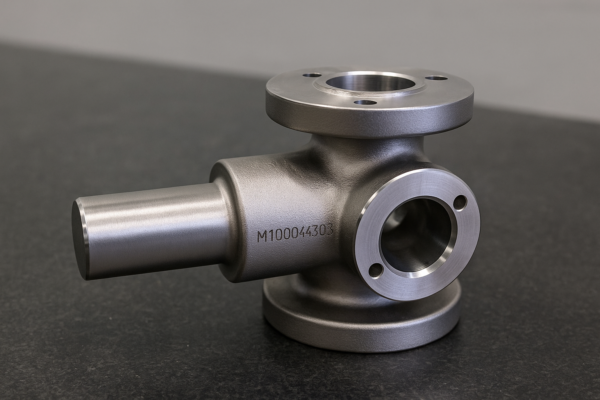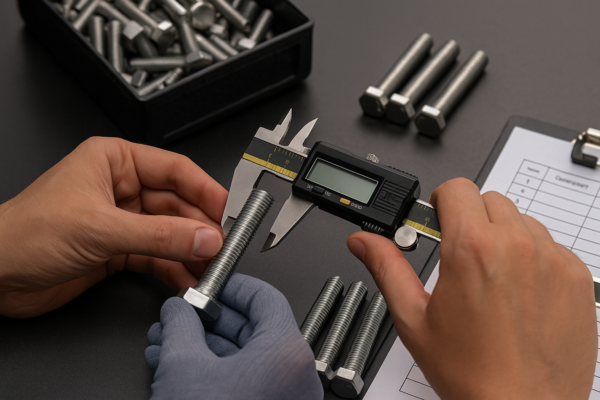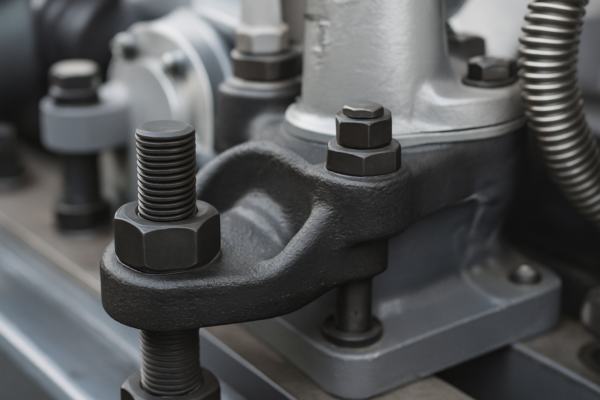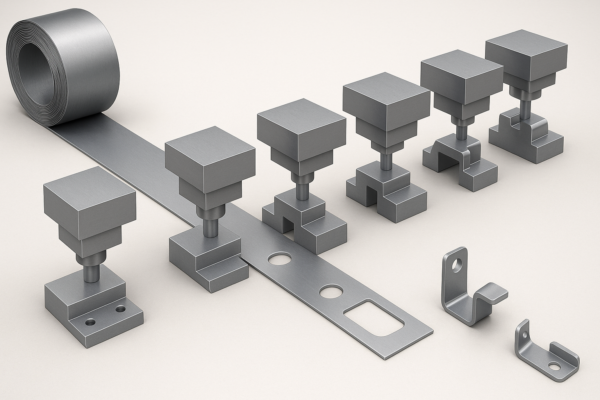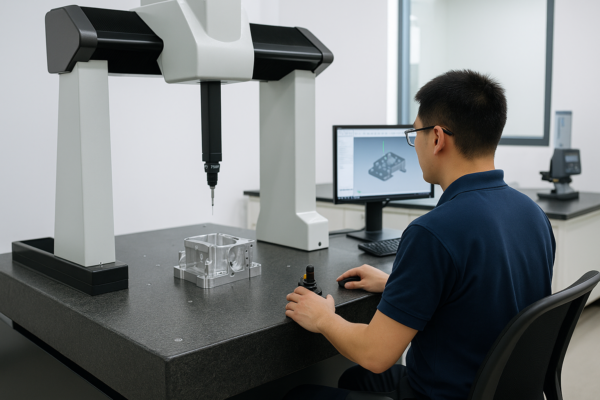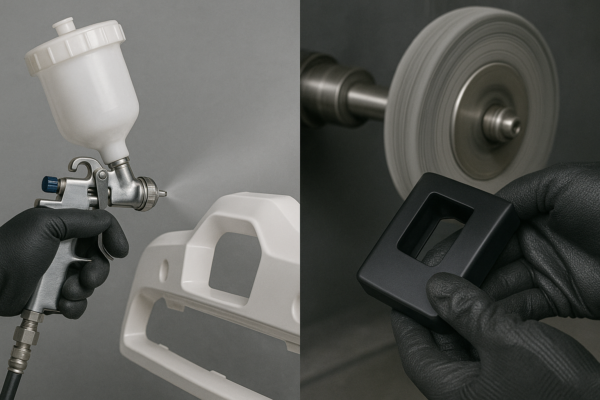Should you push or pull stick welding?

Weld direction impacts strength, control, and penetration.
In stick welding, the pull technique is almost always recommended—it gives better visibility, control, and weld penetration.
Let’s break down why pulling wins, and when to make exceptions.
Do you push or pull with a stick welder?
This choice defines how your weld turns out.
With stick welding, you should always pull the rod—also known as “dragging” the electrode.
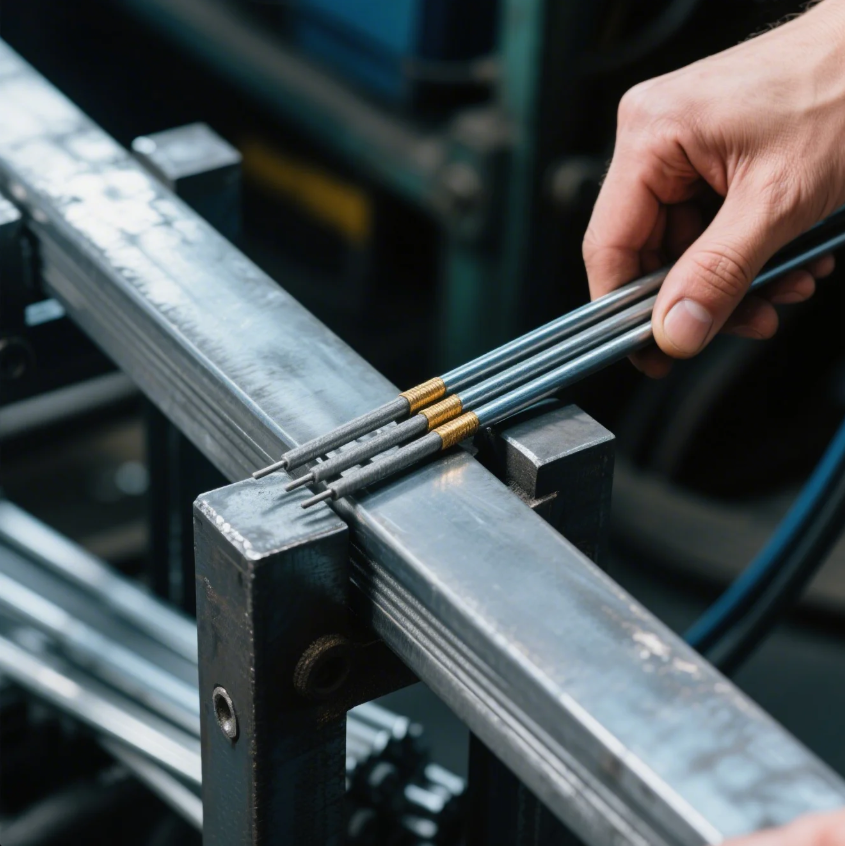
One of our clients once had a trainee pushing E6011 rods and wondering why his welds looked cold and inconsistent. We showed him the pull method—and overnight, the quality of his welds jumped.
Why pulling works best
- Arc leads the weld puddle for better visibility
- Slag stays behind, reducing contamination
- Ensures deeper penetration into the joint
- Better bead profile and fusion
| Welding Rod | Recommended Technique | Why It Works |
|---|---|---|
| E6011 | Pull/Drag | Deep penetration, fast-freeze |
| E7018 | Pull/Drag | Low-hydrogen, clean arc |
| E6013 | Pull preferred | Soft arc, stable bead |
At Prime, we train welders across industries on the pull method—especially for ISO-certified structural assemblies and field repairs.
Is it better to push or pull a weld?
Push may seem faster—but pull gives control.
Pulling the weld is better for stick welding—it gives stronger welds, smoother beads, and more consistent results.
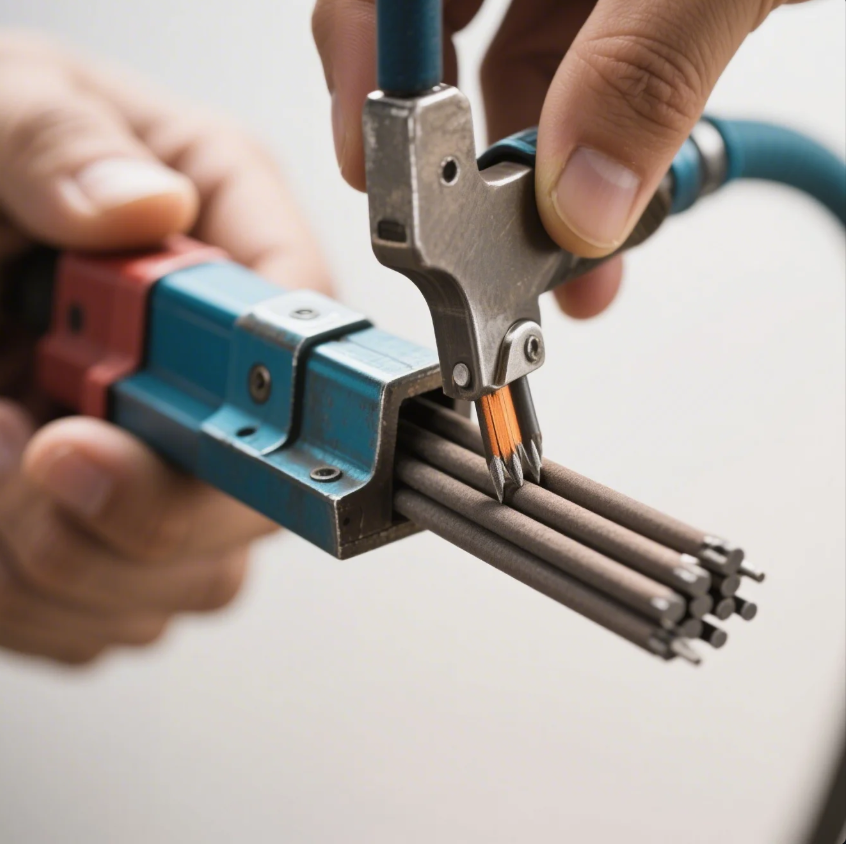
During a project with a U.S. fabrication partner, they tested both methods side by side. Pulling produced uniform beads with fewer defects, while pushing created uneven penetration and arc instability.
Pull vs Push – Pros and Cons
| Technique | Pros | Cons |
|---|---|---|
| Pull | Cleaner weld, deeper penetration, good visibility | Slightly slower |
| Push | May be easier for MIG, not stick | Slag traps, weak fusion, poor view |
Prime’s custom welding services use WPS (Welding Procedure Specs) that define pulling for all stick operations, ensuring consistency and strength.
What is the best movement for stick welding?
It’s not just direction—it’s rhythm.
The best movement in stick welding is a steady drag motion with short, consistent arc length and occasional weaving as needed.
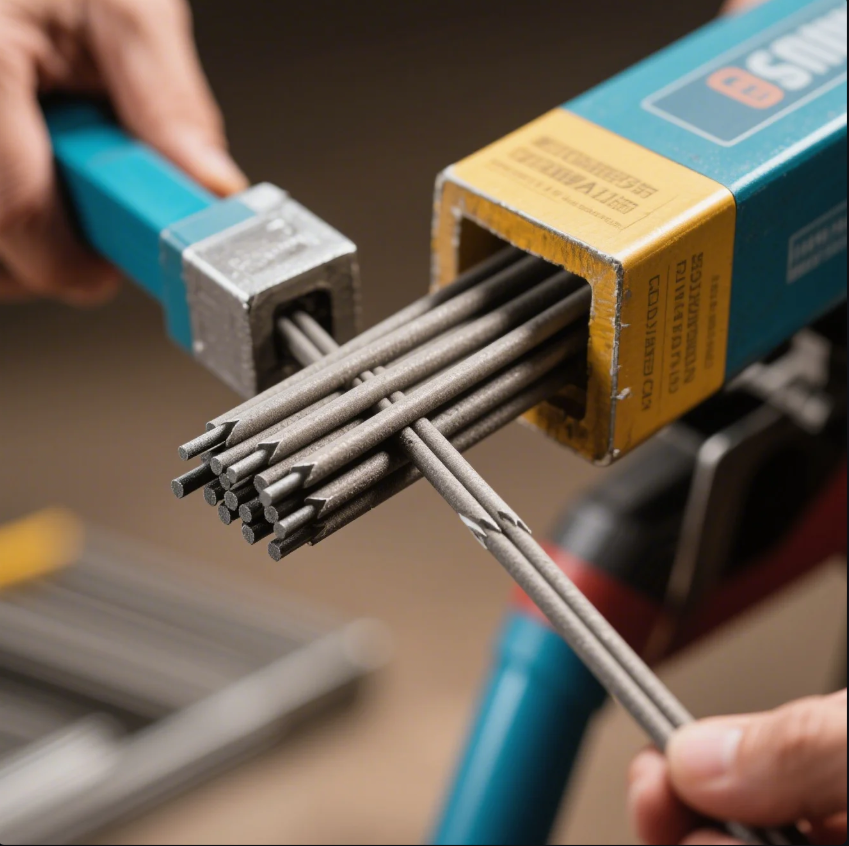
When training a new production team for one of our Middle Eastern clients, we emphasized smooth wrist action and short weaves. Within a week, their rework rate dropped 30%.
Recommended motion types
| Movement | Best For | Tip |
|---|---|---|
| Straight drag | Flat or horizontal welds | Maintain 1/8" arc length |
| Weave pattern | Wide joints, vertical welds | Slow, even side-to-side motion |
| Whip technique | Fast-freeze rods like E6010/6011 | Slight forward whip, then return |
Every Prime CNC welded part includes weld maps and operator instructions to match movement style with material and joint design.
Do you push or pull a 7018 welding rod?
7018 loves drag—it hates push.
You should pull (drag) a 7018 welding rod to avoid slag inclusions and maintain clean fusion.
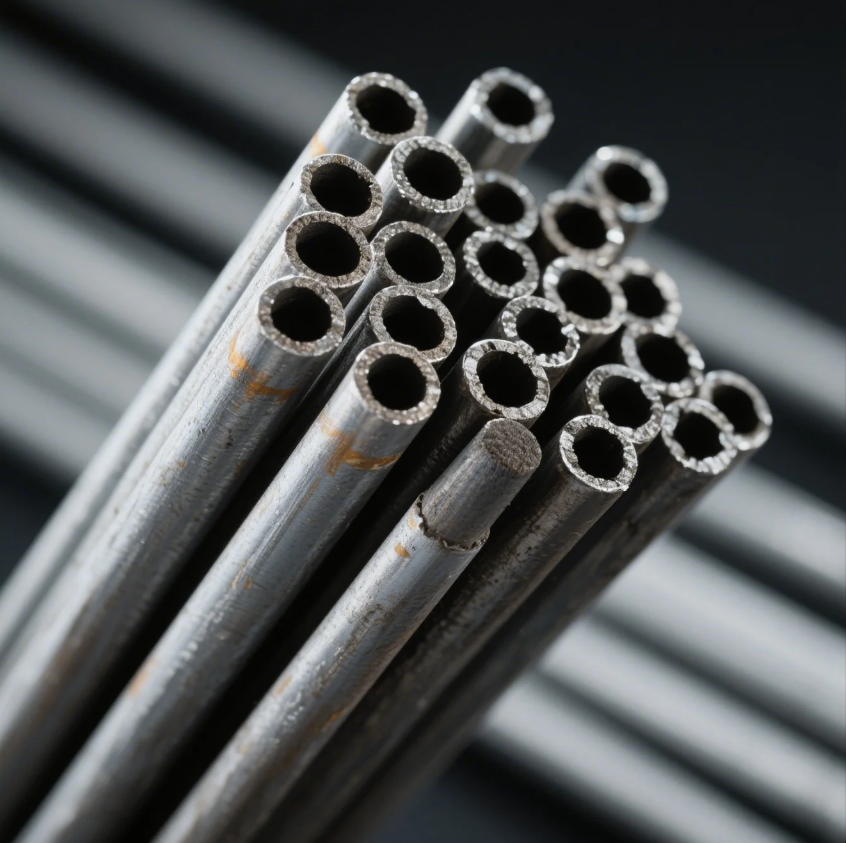
When working on a structural project for a North American client, we noticed they were getting slag trapped in weld toes. Cause? They were trying to push 7018. We corrected the technique, and the issue disappeared.
7018 Rod Technique Tips
- Pull the rod at a 10–15° angle
- Keep arc tight—no more than the rod diameter
- Maintain steady pace to avoid slag trapping
- Use light weave if joint is wide
| Rod Type | Movement | Common Mistake | Fix |
|---|---|---|---|
| E7018 | Pull only | Pushing = slag inclusions | Drag method + proper angle |
| E6011 | Pull best | Pushing = poor arc control | Use whip-and-pause technique |
| E6013 | Pull ideal | Pushing = cold-looking welds | Short arc + steady travel speed |
At Prime, we use E7018 in all our low-hydrogen certified welding assemblies, making sure every joint passes NDT and visual inspection standards.
Conclusion
In stick welding, pull the rod—always—for stronger welds and fewer defects.
Need reliable welding support, training resources, or certified metal components? Contact Prime today through our website. We provide ISO-approved quality, expert advice, and fast delivery worldwide—backed by over 20 years of industrial experience.

